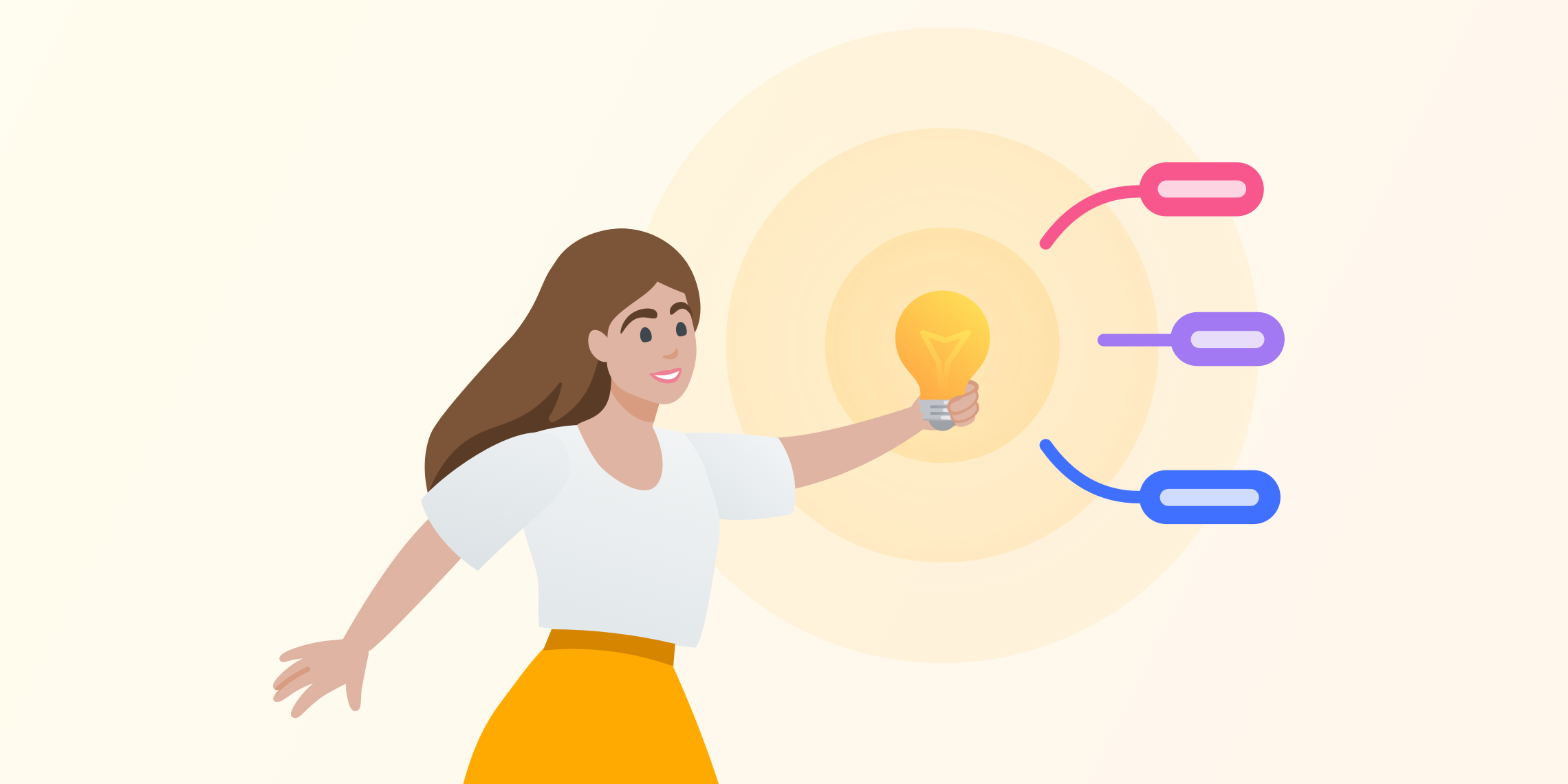IDENTIFICATION
IDENTIFICATION MEANS UNDERSTANDING YOUR INFORMATION NEED, KNOW, AND RECOGNIZE THAT YOU HAVE A NEED FOR INFORMATION TO COMPLETE THE ACADEMIC TASK
INFORMATION NEEDS

Source: www.ufh.ac.za
Defining and identifying information needs is the first step in the IDL process:
Scenario:
Kooper though he knows everything about HIV to write the academic assignment on it as required for his CA marks. Little does he knows that you can not complete the task using your own knowledge alone. He therefore understand that he need more information to complete the task and not to relied on his own knowledge alone for academic tasks.
DEFINE INFORMATION NEEDS
- Why is the information needed? For an assignment, for class discussion, for test, for presentation, personal, family?
- Who is the information intended for? the audience, A lecturer, fellow students?
- What type of information is needed for the task? Factual, analytical, objective, subjective, current, historical?
- What sources of information to use? An encyclopaedia? A book? A journal article? law report? dictionary? Newspaper?
- How much information does Kooper need for the task?
- What does Kooper already know about the topic of the task?
- Where will Kooper go to look for the information for the task? Library? Online Public Access Catalogue (OPAC), Electronic databases? Google
- How will Kooper search for the information? Does he have the skill for searching? whom should Kooper consult at the library?
TOPIC BRAINSTORMING AND MIND MAPPING

GETTING STARTED WITH UNAM LIBRARY SERVICES AND RESOURCES

UNAM library provides a variety of services resources and facilities.
Follow the links below for exploring UNAM library services resources and facilities available and accessible at all campuses:
Academic Sources

Academic sources are Books, Encyclopaedias, eResources, bibliographic and full-texts Databases, Newspapers, and the Internet. The most common forms of academic sources for academic purposes are Books (either print/ebook); Journal articles (either print/e-journals), and Published reports. Academic source's contents are judged for quality and accuracy before they are published. University students and researchers use academic sources for scholarly purposes as they are peer-reviewed by subject experts who are editors and reviewers, and written by knowledgeable authors in their fields.
Build a mind-map from the brainstorming
- Brainstorming is a way of generating ideas and organising your thinking on a topic.
- If you are feeling anxious about an assignment or lacking in inspiration, brainstorming sets your mind in motion and helps you find concrete ideas.
- If you feel that you have too many ideas and are not sure which ones to pursue, brainstorming can help you to narrow them down.
- Brainstorming also helps you to place your ideas into a useful order and consider the relationship between them so that you can start planning your assignment.
A mind map is a visual representation of your ideas, consisting of words, images and colours.
- It allows you to construct an overview of the topic and subtopics so that you can see its complexities more clearly and identify relationships between different aspects of the topic.
- a mind map help in organising your assignent table of contents, or discussion outline, as illustrated in the viduaised diagram.
- it help your search to only focus on the identified key concepts to avoid information overload.